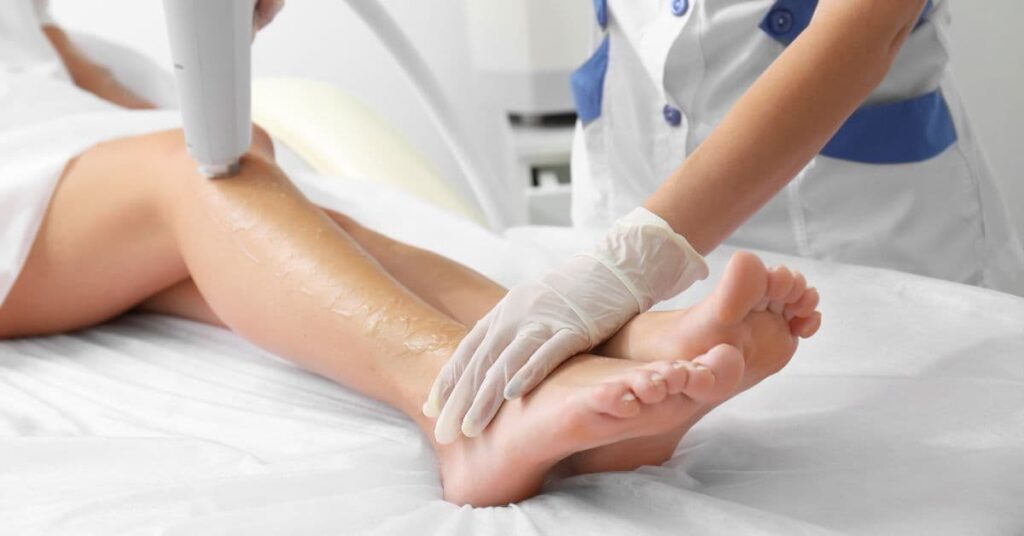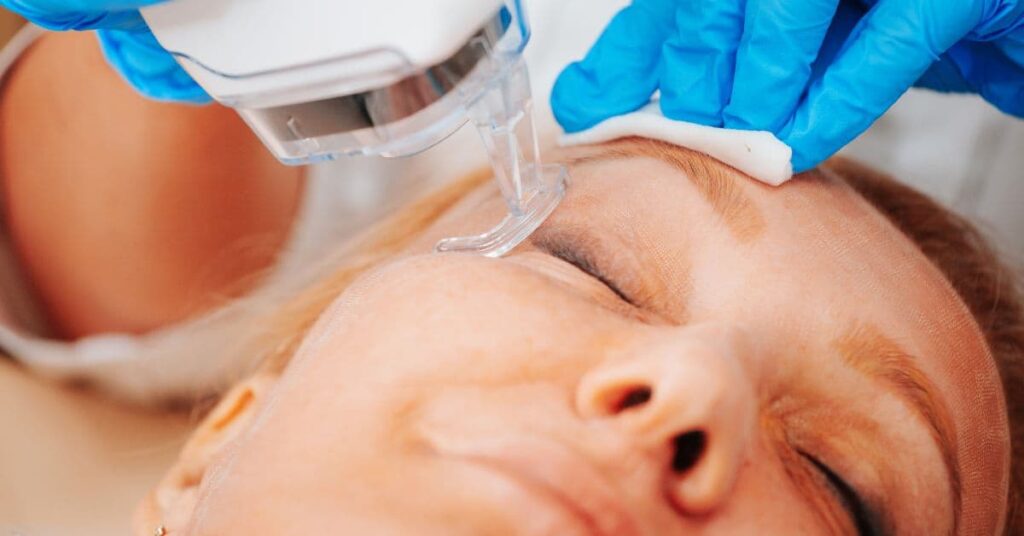Laser treatments have become a cornerstone in modern dermatology, offering targeted solutions for a range of skin concerns. From permanent hair removal to scar reduction and skin rejuvenation, laser technology provides non-invasive, effective alternatives to traditional procedures. This article explores the different types of laser treatments, their applications, and what to expect from these advanced dermatological solutions.
How Laser Technology Works in Dermatology
Lasers emit focused beams of light at specific wavelengths to target particular skin layers or structures. Depending on the wavelength and energy level, lasers can treat hair follicles, scar tissue, or pigmentation without damaging surrounding tissue. This precision makes laser treatments effective and safe for various skin conditions.
Common Types of Laser Treatments

1. Laser Hair Removal
Laser hair removal targets melanin in hair follicles to disrupt their growth cycle. It’s popular for areas like the face, legs, underarms, and bikini line. Several sessions are usually required for permanent hair reduction.
- Best for: All skin types (with appropriate laser type).
- Laser Types: Alexandrite, Nd, and diode lasers.
2. Fractional Lasers for Scar and Wrinkle Reduction
Fractional lasers create microscopic injuries in the skin to stimulate collagen production and encourage new skin growth. They are effective for reducing acne scars, wrinkles, and fine lines.
- Best for: Acne scars, surgical scars, and signs of aging.
- Laser Types: CO2 and Erbium lasers.
3. Laser Resurfacing for Skin Rejuvenation

Laser resurfacing removes the outer layer of damaged skin, revealing smoother, more youthful skin underneath. It also promotes collagen production for long-term improvement.
- Best for: Fine lines, age spots, and uneven texture.
- Laser Types: Ablative (CO2) and non-ablative lasers.
4. Laser Treatment for Pigmentation Issues
Lasers effectively target hyperpigmentation, sunspots, and melasma by breaking down excess melanin in the skin.
- Best for: Dark spots, freckles, and melasma.
- Laser Types: Q-switched and picosecond lasers.
5. Vascular Laser Therapy
This type of laser targets blood vessels, making it useful for treating spider veins, rosacea, and port-wine stains.
- Best for: Vascular lesions and redness.
- Laser Types: Pulsed-dye and Nd lasers.
What to Expect During and After Laser Treatment
- During Treatment: Most laser treatments involve minimal discomfort, often described as a tingling or snapping sensation. Depending on the procedure, topical anesthetics may be applied.
- After Treatment: Patients may experience redness, swelling, or mild irritation, which typically subsides within a few days. More intensive treatments, like CO2 resurfacing, may require longer recovery times.
- Multiple Sessions: Laser treatments usually require several sessions spaced weeks apart to achieve optimal results.
Precautions and Risks
- Sun Protection: Treated areas are more sensitive to UV exposure. Use sunscreen regularly to prevent pigmentation issues.
- Side Effects: Temporary redness and swelling are common. In rare cases, hyperpigmentation or scarring may occur.
- Consultation: It’s essential to consult a dermatologist to determine the appropriate laser type and ensure the treatment is safe for your skin type.
Benefits of Laser Treatments
- Non-Invasive: Laser treatments offer effective results with minimal downtime compared to surgical procedures.
- Customizable: Treatments can be tailored to address specific concerns, such as pigmentation, hair removal, or wrinkles.
- Long-Lasting Results: With proper care, the benefits of laser treatments can last for months or even years.
Laser treatments in dermatology have revolutionized the way we address skin concerns, offering precise, non-invasive solutions for hair removal, scar reduction, skin rejuvenation, and pigmentation issues. Whether you’re seeking smoother skin, reduced wrinkles, or clearer complexion, laser therapy provides effective options for lasting results. However, consulting a dermatologist is essential to choose the right treatment and ensure safety. With proper care, laser treatments can help you achieve healthier, more radiant skin.
